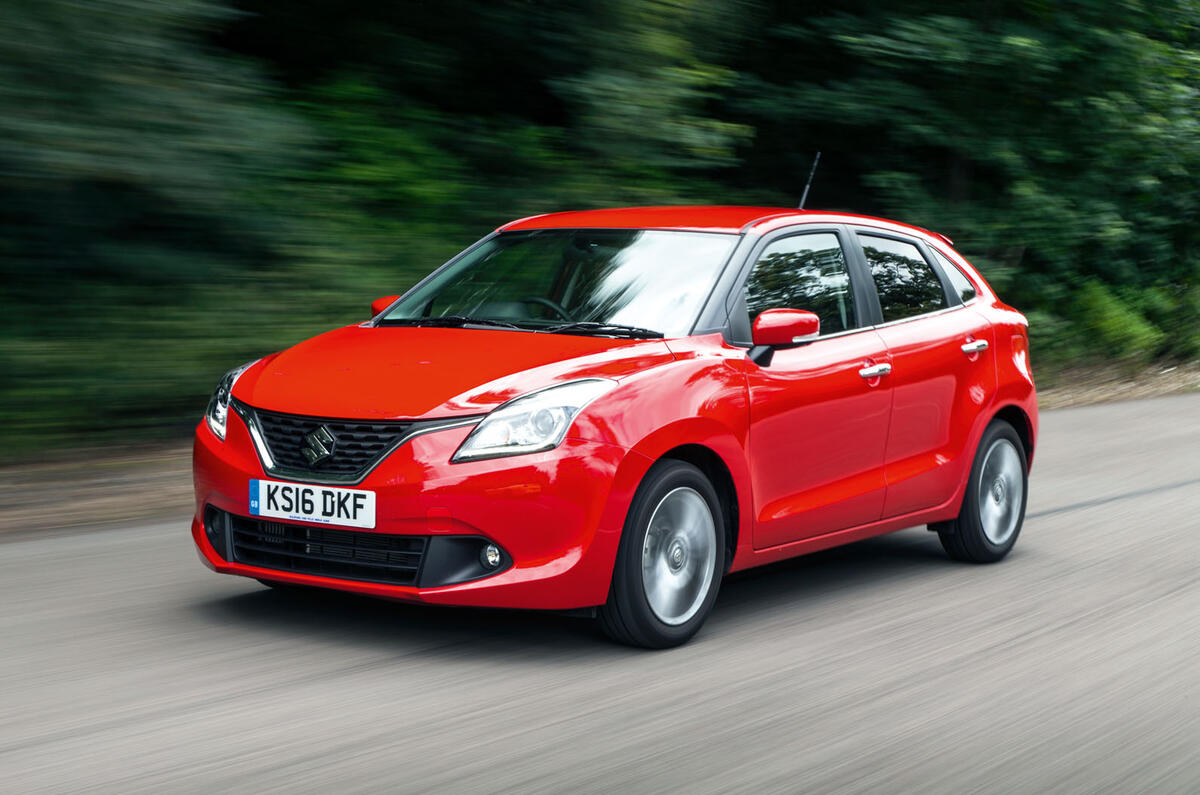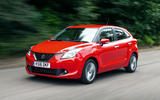In opting for a small-capacity, three-cylinder turbocharged petrol engine for the relative advantages on performance, driveability, fuel economy and zestiness of character that it provides over a larger, atmospheric four-cylinder unit, the Baleno joins a long list of rivals that have already made the switch.
Suzuki’s new turbocharged 1.0-litre Boosterjet engine is hardly a trend-setter, then, but it is every bit as good as most of the ultra-modern in-line triples we must compare it with, at least in terms of its gutsiness and response, its willingness to rev and its fuel economy.
That’s less true in terms of overall refinement, perhaps, but when you weigh up that list and consider that it’s delivered on a car available for the Baleno’s price, you have to admire Suzuki’s achievement.
The firm is notoriously pessimistic with its performance claims, so the fact that we beat the Baleno’s official 0-62mph claim of 11.4sec shouldn’t come as a surprise, but in repeatedly recording a sub-10.0sec 0-60mph time and averaging 9.8sec in two directions, the Baleno proves it’s no slouch.
It took just 9.7sec to go from 30-70mph through the gears; that’s closer to the pace of a Mini Cooper than the 89bhp Mazda 2 we tested last year – a car that ought to be the closer rival, based on price.






























